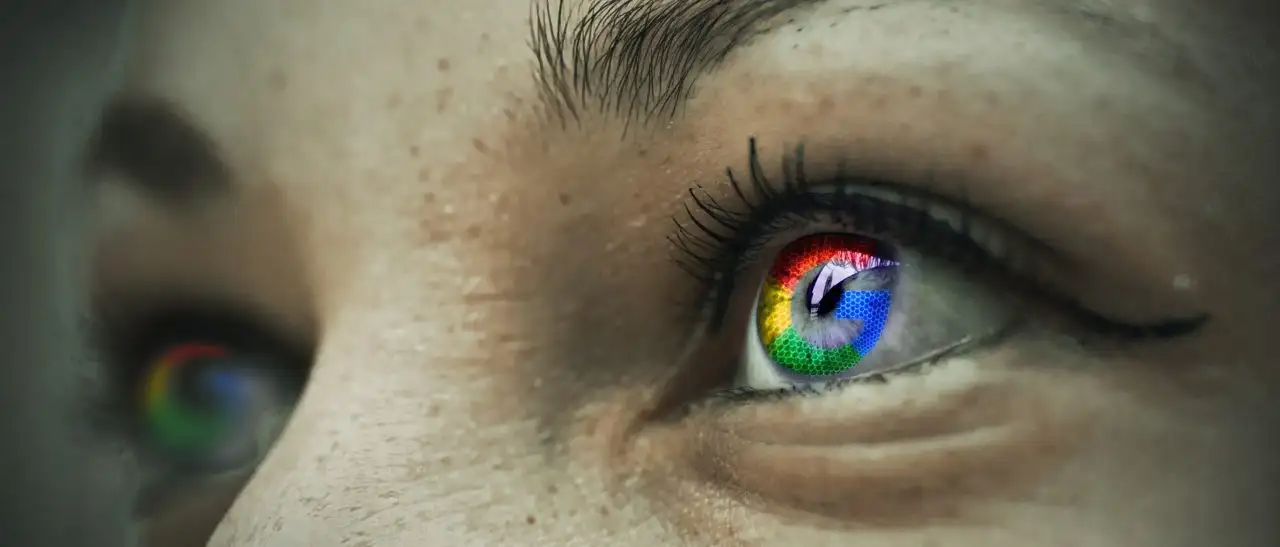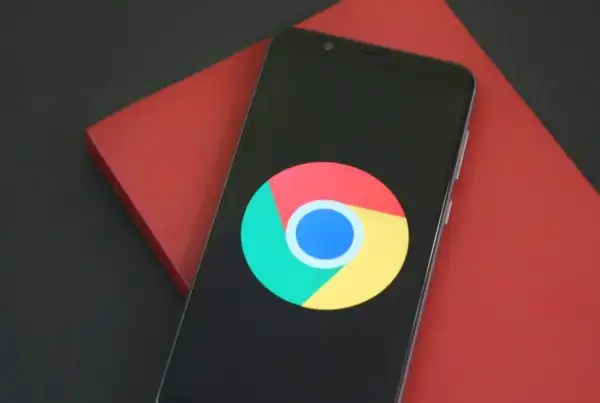Google recently added Smart Display Campaigns to its roster of automated products, which already includes Smart Bidding and Dynamic Search Campaigns. All three elicit the drive to make online advertising simpler, more automatic, and less time-consuming. But how do these products actually work and what will the impact be for marketers?
Google clearly isn’t new to automation. Almost all of its commercial products use some form of algorithmic programming and big data management. But following what happened a couple of months ago, when several major firms pulled advertising from YouTube after discovering their ads were appearing alongside extremist content, the search giant will more than ever want to ensure it is serving ads to the right people, at right times, and in the right places.
Machine Learning
Automation is meant to save advertisers time by monitoring and controlling the delivery of ads, and automatically adjusting systems to service the advertiser’s business goals. There are plenty of automation tools on the market already, but Google is now integrating its own machine learning capability into its advertising service.
Machine learning on AdWords analyses historical conversion data to predict who will likely convert in the future, considering factors such as demographics, location, language, device, time of day, previous pages viewed, and a vast number of other variables. What would take a campaign manager far longer than is practical (and perhaps even possible) to sift through manually, gets parsed and processed in milliseconds by the system. The learnings then get leveraged to predict future behaviour, and the system continually improves over time as more conversion data is processed.
Automation in advertising has been growing in sophistication and significance ever since the dawn of “big data”, with perhaps one of the most successful automation attempts being run by US retailing giant Target. Based on buying patterns and demographics – such as whether a woman bought more vitamins than normal, or whether she’s been searching for a handbag big enough to hold nappies – Target find expectant mothers to promote new baby products to. The machine learning system was so effective, it figured out a girl was pregnant before she’d even told her father!
Smart Display Campaigns are a further sophistication of Google machine learning. They should benefit both display advertisers and internet users by delivering more relevant ads to the right people at the right time.
Smart Display Campaigns
Smart Bidding for Search has been around for a while now – with Target CPA, Target ROAS and Enhanced CPC all helping advertisers automate their bidding strategy. But Smart Display Campaigns are a new and perhaps even more desirable AdWords feature. The scope of the Google Display Network (GDN) covers over 3 million websites and apps, which can make the job of finding the right placements intimidatingly complex.

Smart Display is a bidding and placements automation feature for the GDN. Similar to programmatic advertising, Smart Display Campaigns allow advertisers to simply create ads and set a target CPA (cost per acquisition). The system does the rest, targeting ads to the audiences and placements most likely to drive conversions.
This type of smart campaign might be a perfect solution for businesses who:
- Want to discover and attract new customers beyond current manually targeted campaigns
- Have limited their Display Network advertising to remarketing, but now want to reach people earlier in the buying process
- Are new to advertising on the GDN and want an easy setup option.
According to Google, beta testers of its Smart Display Campaigns, such as Trivago, Hulu Japan, and Credit Karma, have seen over 20% increase in conversions at the same cost per acquisition compared to their other display campaigns.
To be eligible for a Smart Display Campaign, an account needs to have at least 50 conversions on the GDN, or at least 100 conversions from search ads in the past 30 days. Daily budgets also need to be set to at least 10-15X the target CPA bid. As such, this format is only really available to larger advertisers spending significant amounts on AdWords.
Improvements for Enhanced CPC Bidding
Enhanced CPC (ECPC) is a smart bid strategy for search that adjusts the CPC bids for clicks that the system believes are more likely to lead to a conversion. Clicks that seem unlikely to convert will get lower bids, while those more likely to convert will have their bid increased.
Currently, ECPC allows the system to bid up to 30% higher than the max CPC bid the advertiser had set, and can be applied to both Search and Display campaigns. As of June 2017, this cap will be eliminated – meaning the system can be more flexible and aggressive, the goal of which will be to help advertisers get more conversions while maintaining the same cost-per-acquisition (CPA).
As with all automation products, the system will learn by doing over time.
Dynamic Search Campaigns
Dynamic Search Campaigns (DSC) essentially automate the main bulk of an AdWords keyword setup process. For businesses with vast product/service offerings that may get updated regularly, DSCs crawl the content from the advertiser’s websites, and automatically target relevant search queries based on that current content.
Google also automates the structuring of the account with recommendations for different ad groups as well as suggested CPCs for each ad group. It will even dynamically insert ad headlines based on each individual search query.
In March 2017, Google updated Dynamic Search Campaigns with page feeds (plus custom labels) and expanded ads. Similar to a Shopping campaign feed, page feeds are created by the advertiser and tell Google exactly which landing pages to include in a DSA campaign (essentially granting greater control over the automation system). But for DSC to work, there needs to be a well-structured website for the system to crawl. In some cases wrestling back more manual control via page feeds may make sense.
Who benefits from automation?
What these products and updates reveal is that automation has a major function in the future of online advertising. For advertisers with the required historical conversion data, there are significant opportunities to broaden customer bases, to discover potential new audiences, and to reach people at all stages in the buying path—from those with demonstrated interests to customers just about to buy.
In addition, automation gets rid of the time and analytical requirements that comes with manual CPC bidding, and allows advertisers to focus on what they do best – connecting with customers. Rather than the daily grind of keyword bid adjustments, automation allows the copy, messaging, and overarching marketing strategy to take centre stage in the campaign optimisation process.










